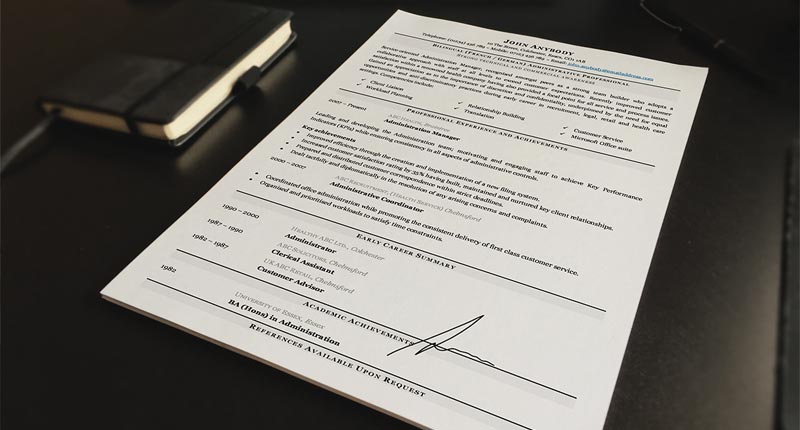Our Expert Recruiters: Committed to Your Career Aspirations
At Serve Recruit, our team of specialist recruiters is deeply committed to understanding your unique aspirations, skills, and career objectives. Our process begins with getting to know you – your past experiences, your future ambitions, and your unique set of skills that set you apart from the crowd.
Recognising Individuality: You’re More than a CV
We believe in the uniqueness of every job seeker. You are more than a CV or a list of qualifications. You bring your own individual strengths, experiences, and perspectives to the table. We value this individuality and strive to understand and highlight these unique aspects during the recruitment process.
Tailoring Strategies to Your Goals
Once we have a comprehensive understanding of your career goals and skill set, we tailor our job search strategy accordingly. Instead of a one-size-fits-all approach, we develop a personalised strategy to match your profile with opportunities that align with your aspirations. Whether you’re seeking a stepping stone to your dream job or the perfect role to showcase your skills and expertise, our customised approach aims to match you with roles where you can thrive.
Partnering with Serve Recruit: Your Path to Right Opportunities
With Serve Recruit, you are not just a job seeker, but a valued partner in the recruitment journey. We are committed to helping you find the opportunities that align not just with your skills, but also with your long-term career goals. Our team utilises our extensive network of contacts in the Engineering, Manufacturing, and IT sectors to connect you with a broad range of opportunities. By matching your unique profile with these opportunities, we aim to facilitate your path towards fulfilling and rewarding career progress. Your journey to the right opportunities begins here at Serve Recruit. Let’s embark on this exciting journey together.



